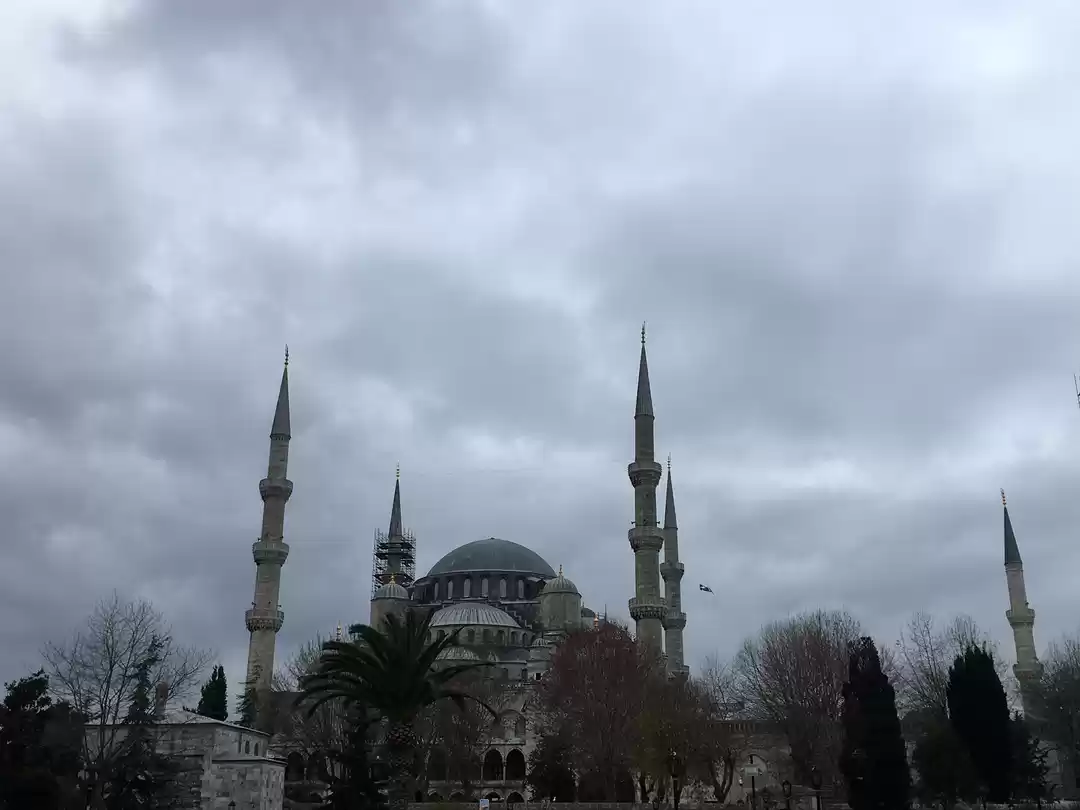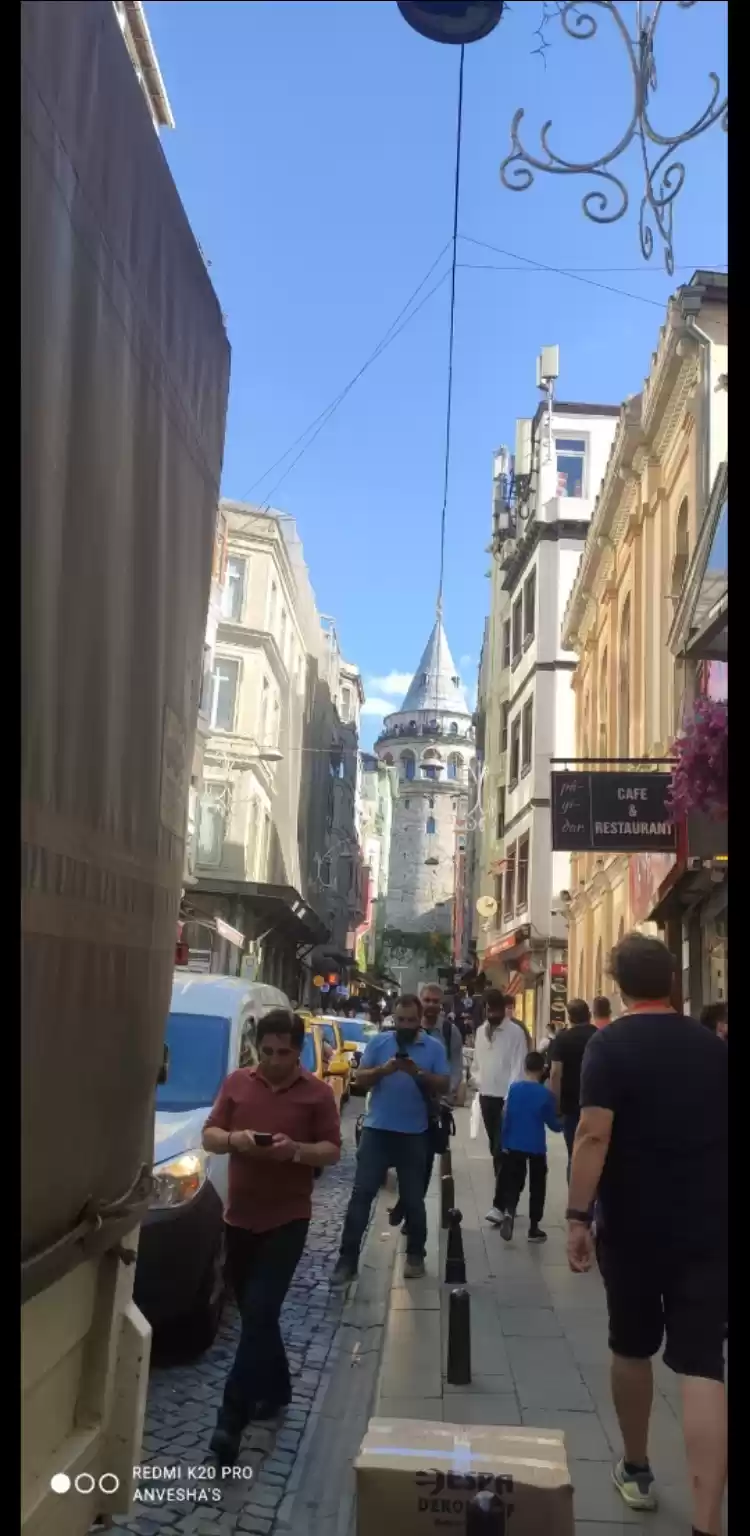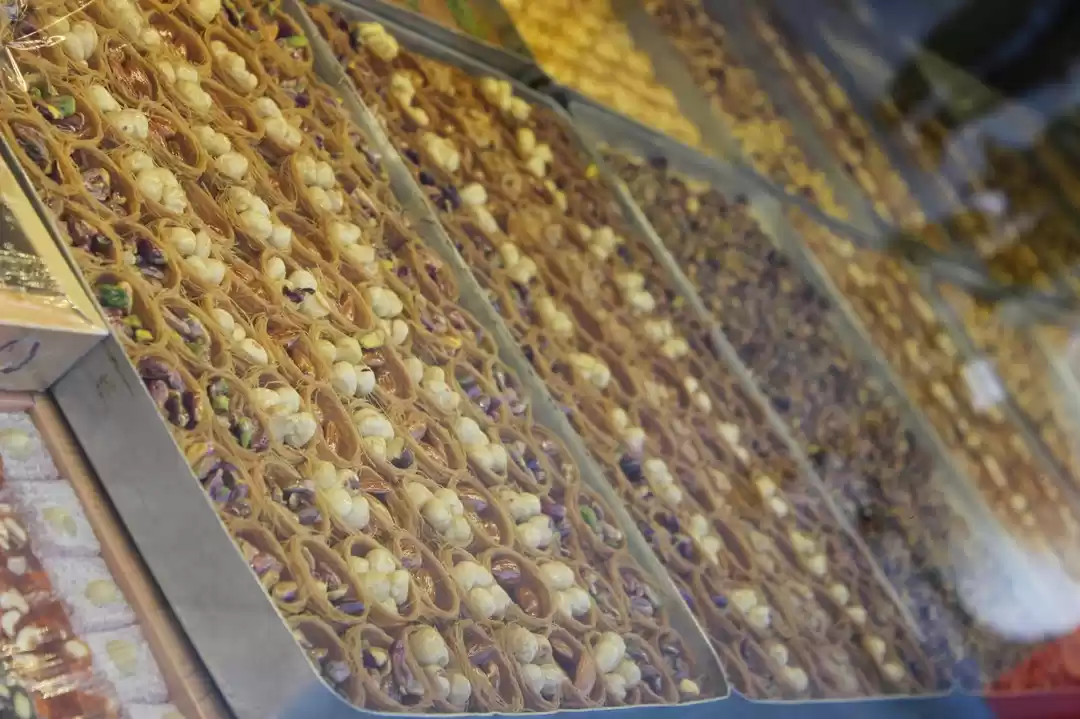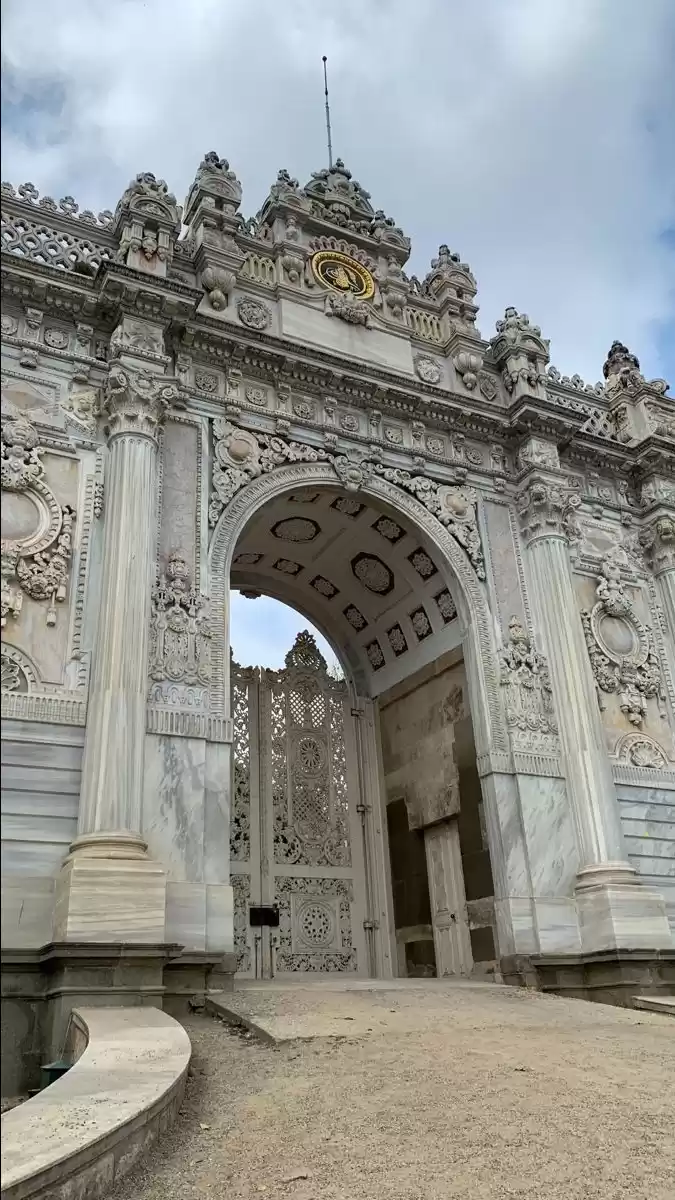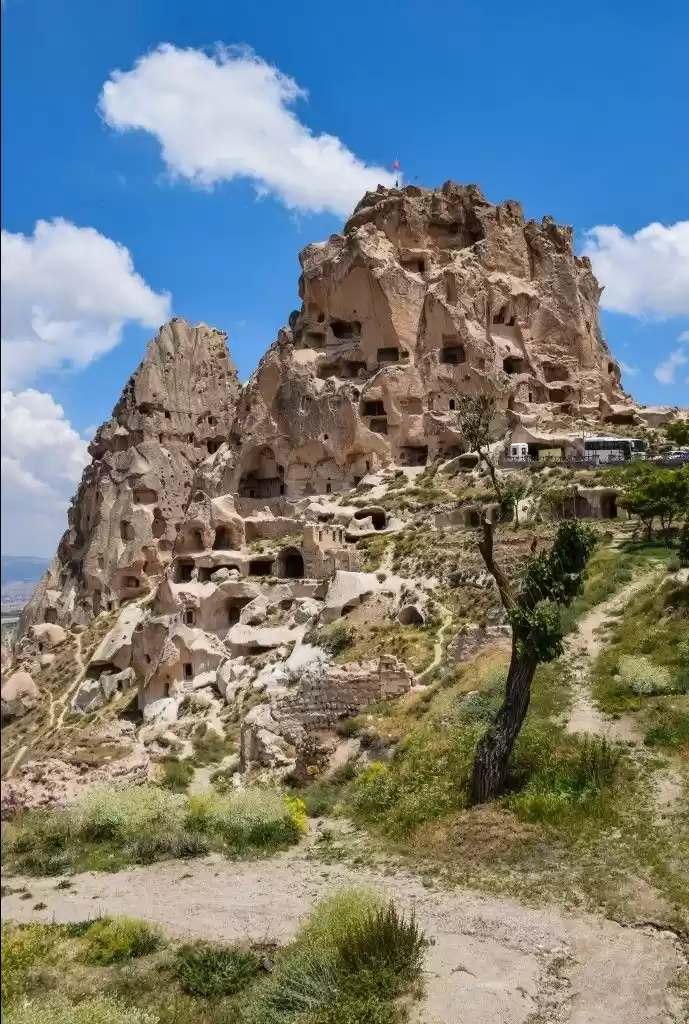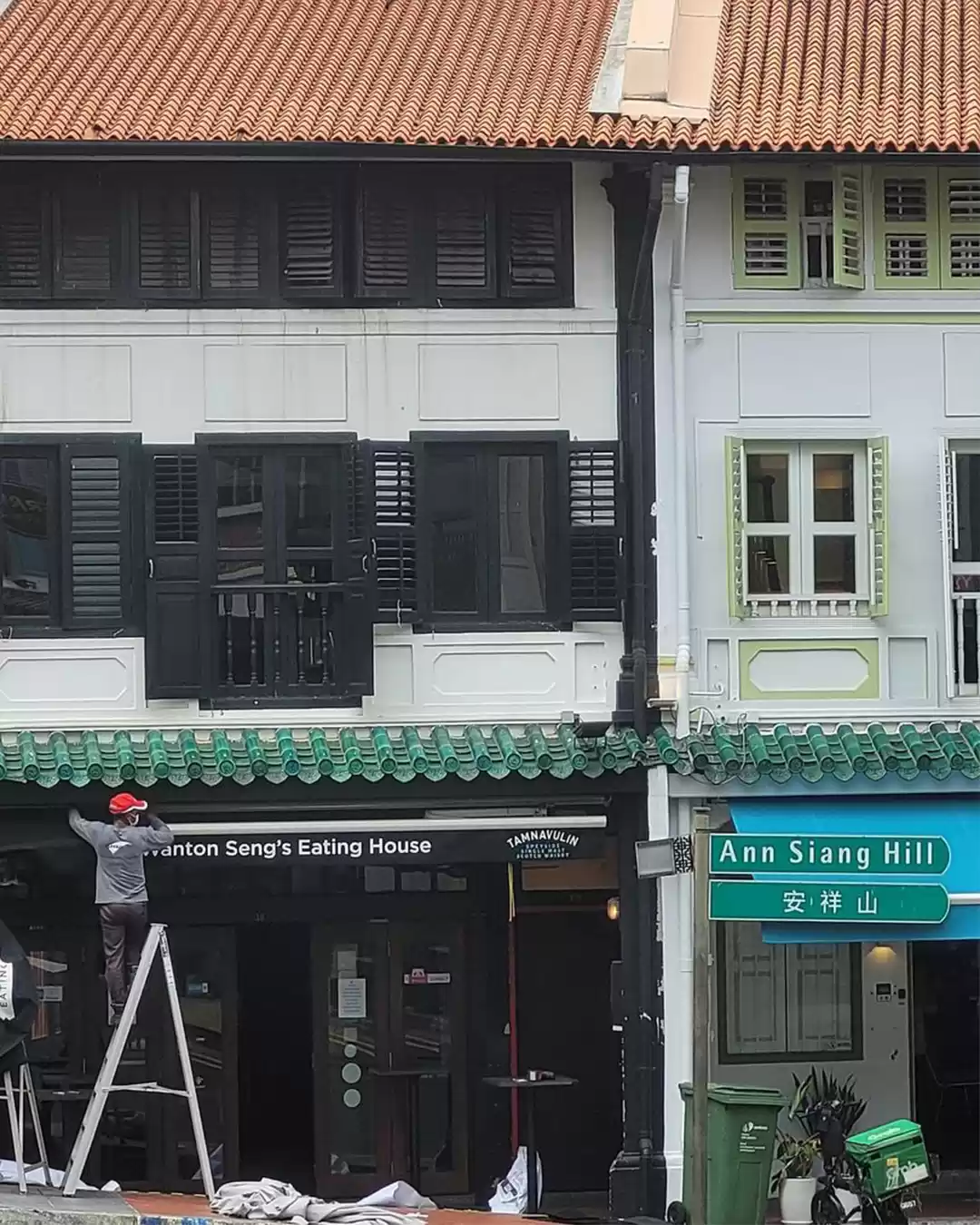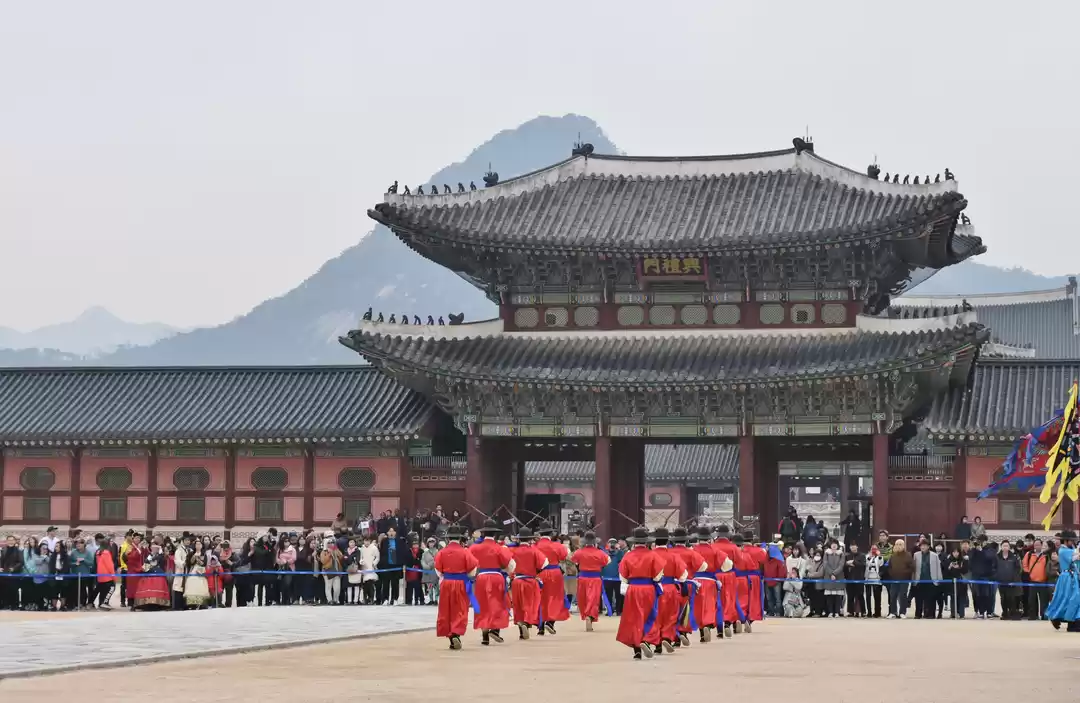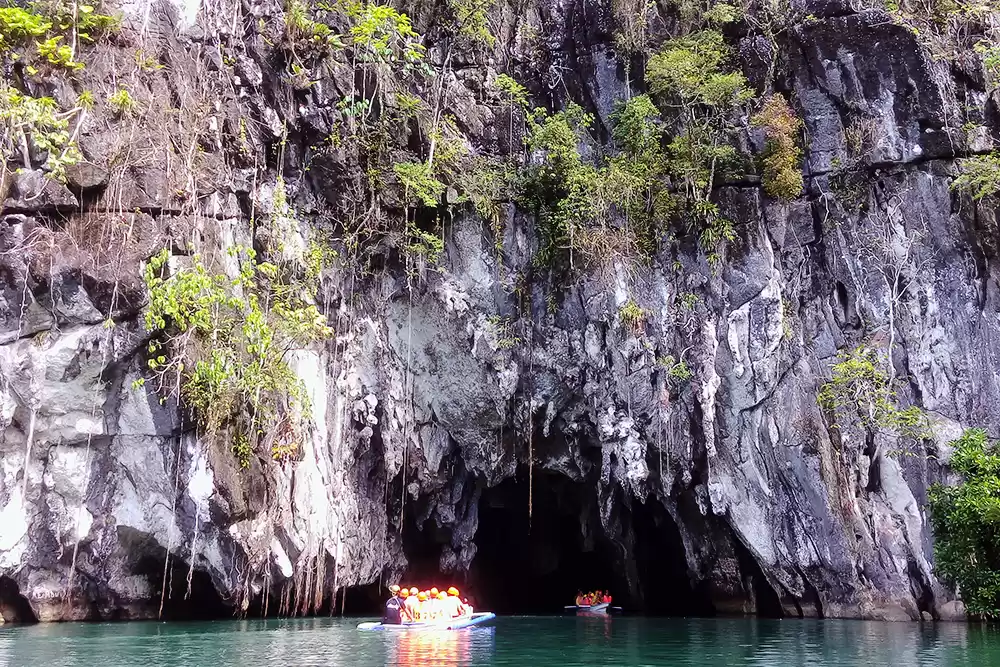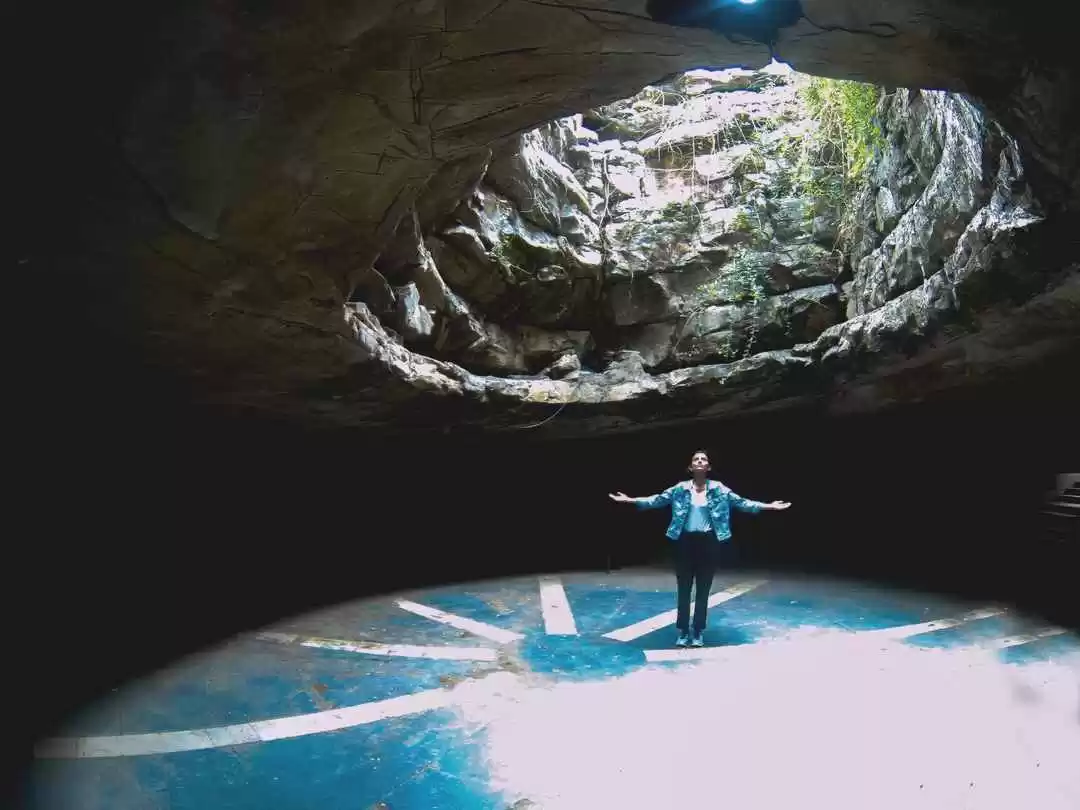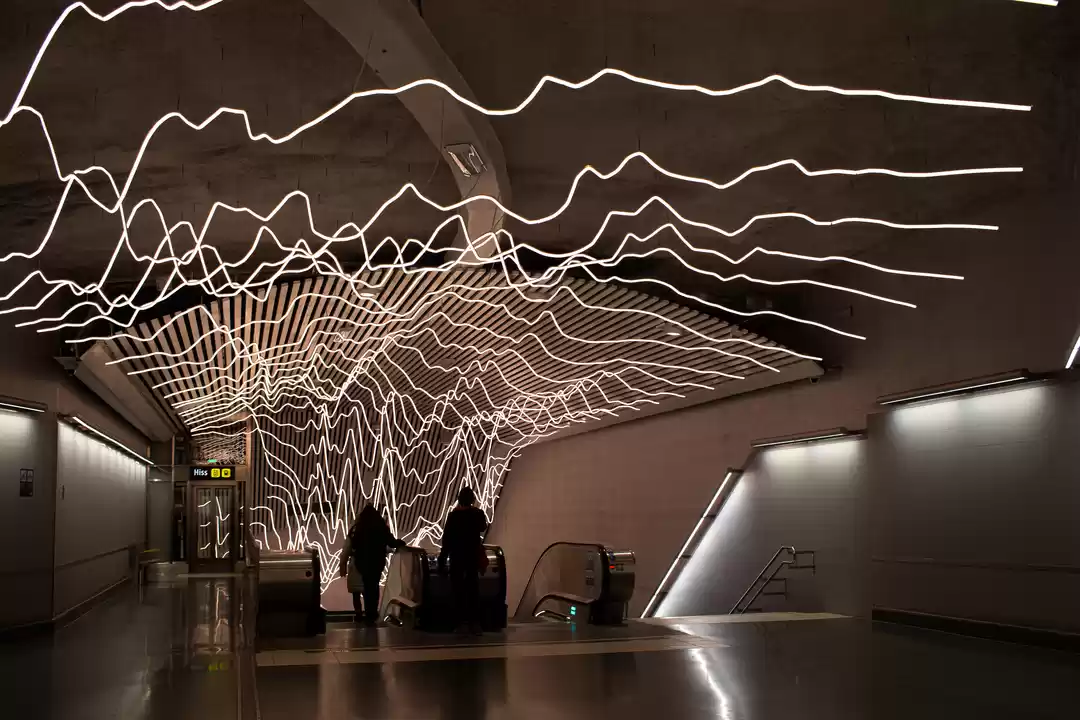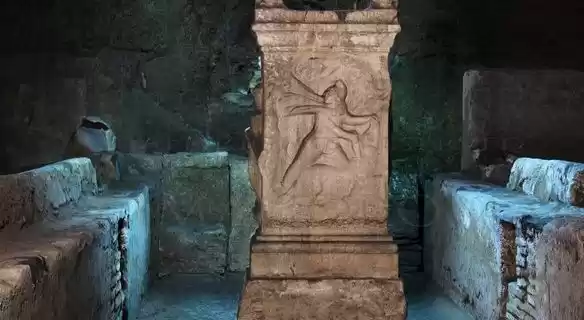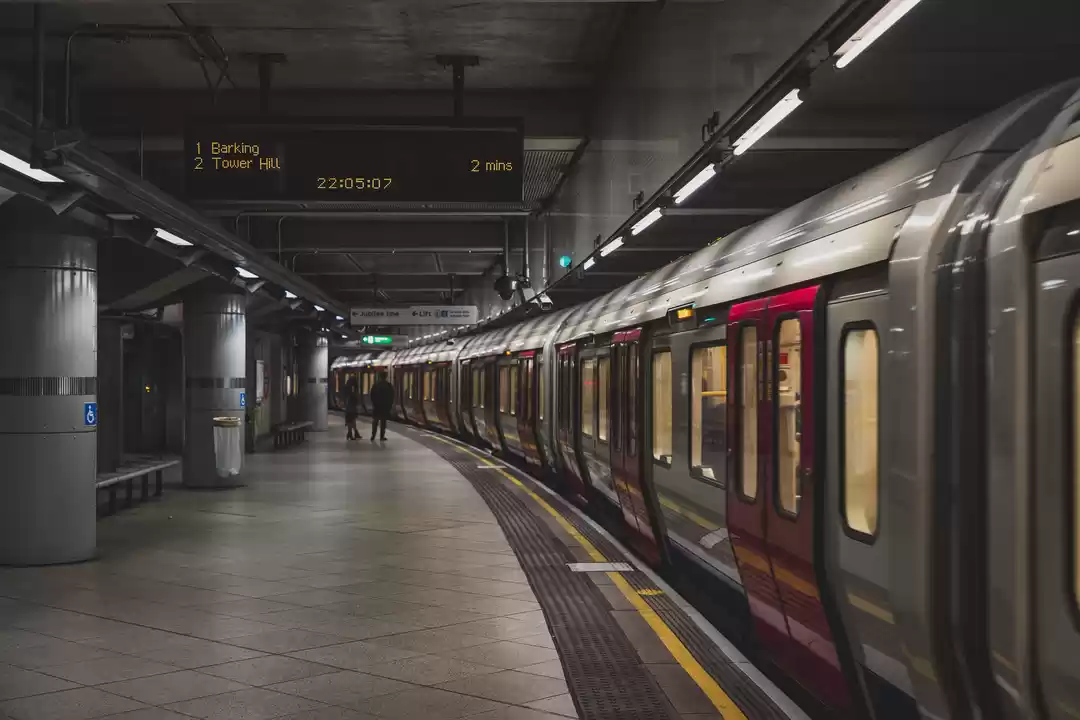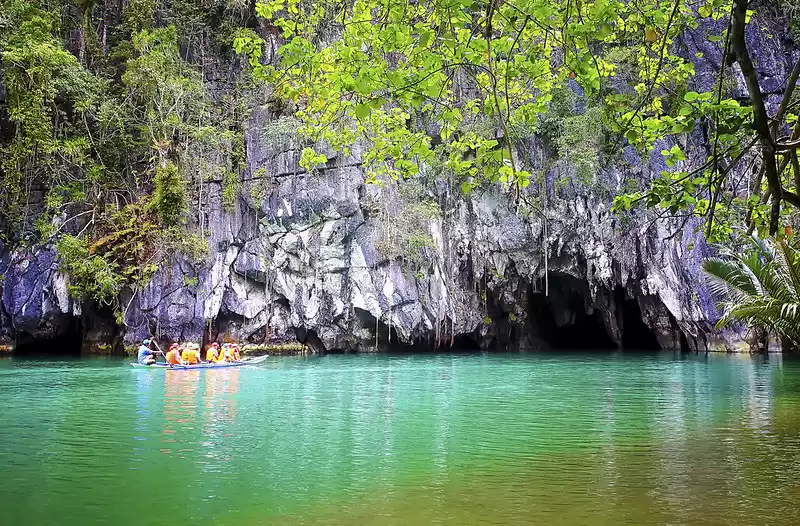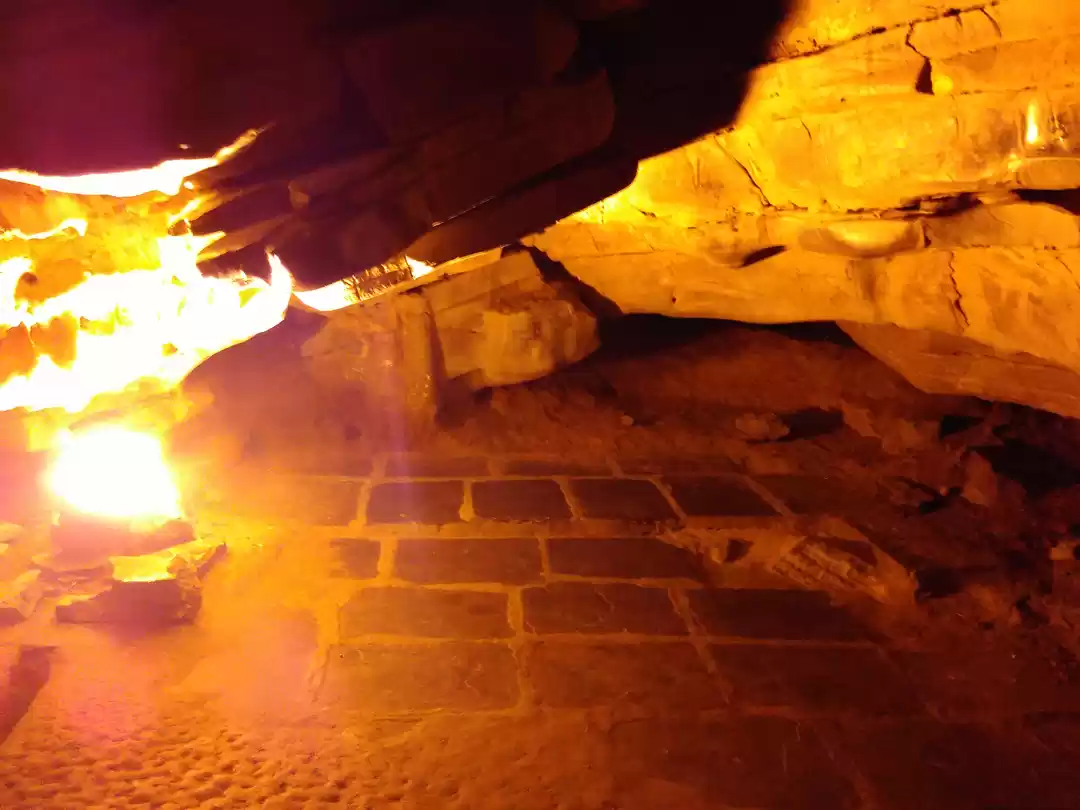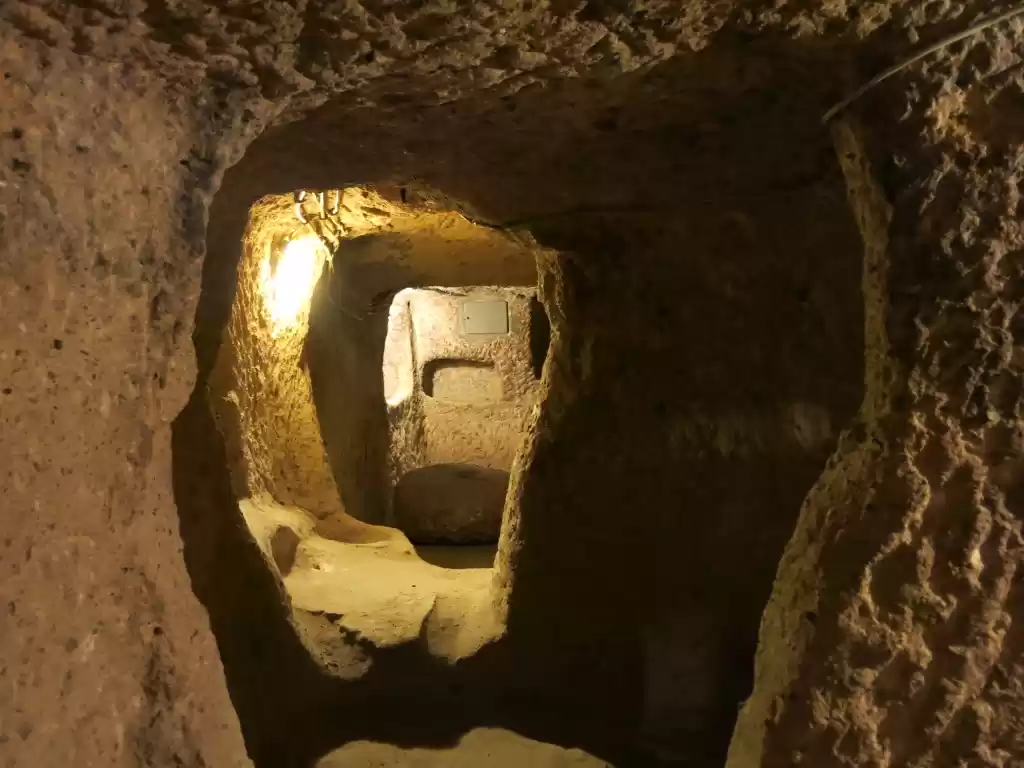Have you ever wondered what it would be like to live underground? If you are looking for an adventure that will take you back in time and reveal the secrets of an ancient civilization, then you should visit the Kaymakli Underground City in Cappadocia, Turkey.
Cappadocia is a region in central Turkey that is famous for its fairy chimneys, rock formations, cave hotels, and hot air balloon rides. But there is more to Cappadocia than meets the eye. Beneath the surface, there are hundreds of underground cities that were built by the Hittites and later used by the early Christians as a refuge from persecution.
One of the oldest and most fascinating underground cities in Cappadocia is Kaymakli, which dates back to the 2nd millennium BC. Kaymakli is a complex network of tunnels, stairs, and rooms that can accommodate up to 20,000 people. It has eight levels, four of which are open to the public, and features ventilation shafts, water wells, storage areas, kitchens, stables, churches, wineries, and graves.
In this article, we will explore the history, architecture, attractions, and how to visit the Kaymakli Underground City, one of the must-see attractions in Cappadocia. We will also compare it with Derinkuyu, another popular underground city in the region, and provide you with helpful tips and advice for your visit.

History of Kaymakli Underground City
The Kaymakli Underground City was originally built by the Hittites, an ancient Anatolian civilization that ruled over most of modern Turkey from the 18th to the 13th century BC. The Hittites used the underground city as a shelter and a storage place for their crops and animals.
Later, the underground city was expanded and used by the early Christians, who fled to Cappadocia to escape the Roman persecution and the Arab invasions. The Christians lived in the underground city for months or even years, and practiced their religion in secret. They also carved churches, chapels, and crosses into the rock walls.
The underground city was discovered and explored by archaeologists and tourists in the 20th century. It was declared a UNESCO World Heritage Site in 1985, along with other underground cities and rock sites in Cappadocia. The underground city is a testimony of human ingenuity and resilience, and a witness to the history and culture of Cappadocia.
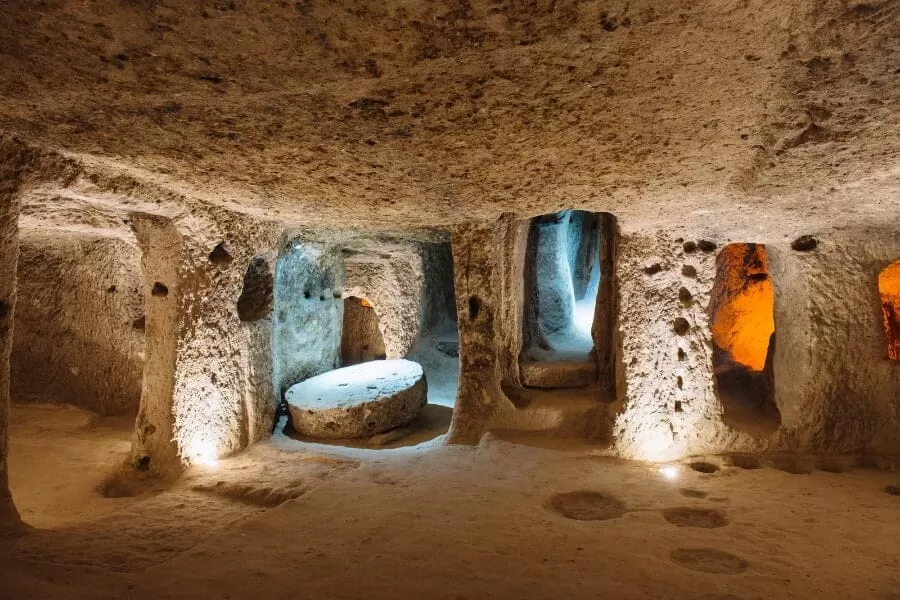
Architecture and Features of Kaymakli Underground City
The Kaymakli Underground City is a marvel of engineering and design. It consists of eight levels, of which only four are open to the public, and covers an area of about 4 square kilometers. It can accommodate up to 20,000 people, and has hundreds of rooms connected by tunnels and stairs.
The main features and functions of the underground city are:
- Ventilation shafts: The underground city has 52 ventilation shafts that provide fresh air and regulate the temperature. The longest shaft is 55 meters deep and connects the first level with the fourth level.
- Water wells: The underground city has several water wells that supply water for drinking, cooking, and washing. The wells are located near the ventilation shafts to prevent contamination. The wells are also connected by pipes and channels that distribute the water to different levels and rooms.
- Storage areas: The underground city has many storage areas that were used to store food, grains, fruits, vegetables, cheese, oil, wine, and other supplies. The storage areas have stone doors that can be closed and locked from the inside to protect the goods from thieves and enemies.
- Kitchens: The underground city has several kitchens that were used to prepare food for the inhabitants. The kitchens have fireplaces, ovens, chimneys, and utensils. The kitchens are located near the ventilation shafts to prevent smoke and fire hazards.
- Stables: The underground city has several stables that were used to keep animals such as horses, donkeys, sheep, goats, and chickens. The stables have troughs, mangers, and drains. The stables are located on the first level, near the entrance, for easy access and evacuation.
- Churches: The underground city has several churches that were used by the early Christians to worship and pray. The churches have altars, pulpits, niches, and frescoes. The largest and most impressive church is on the second level, and has a cruciform plan and a dome.
- Wineries: The underground city has several wineries that were used to produce and store wine. The wineries have grape presses, fermentation vats, storage jars, and taps. The wine was an important source of income and trade for the inhabitants of the underground city.
- Graves: The underground city has several graves that were used to bury the dead. The graves are located on the lower levels, away from the living areas. The graves have stone coffins, sarcophagi, and epitaphs. Some of the graves belong to important figures or martyrs of the underground city.
The Kaymakli Underground City is often compared and contrasted with Derinkuyu, another popular underground city in Cappadocia. Here are some of the main differences and similarities between the two:
- Size: Derinkuyu is the largest underground city in Cappadocia, with 18 levels and a capacity of 50,000 people. Kaymakli is the second largest, with eight levels and a capacity of 20,000 people.
- Depth: Derinkuyu is the deepest underground city in Cappadocia, with a depth of 85 meters. Kaymakli is the second deepest, with a depth of 40 meters.
- Levels: Derinkuyu has 11 levels that are open to the public, while Kaymakli has only four. However, Kaymakli has more rooms and tunnels than Derinkuyu, and is more complex and maze-like.
- Passages: Derinkuyu and Kaymakli are connected by a 9-kilometer-long passage that runs underground. The passage was used for communication and transportation between the two cities. The passage is not open to the public, and can only be accessed by special permission.
- Popularity: Derinkuyu is more popular and crowded than Kaymakli, as it attracts more tourists and visitors. Kaymakli is less crowded and more authentic, as it preserves more of its original features and atmosphere.
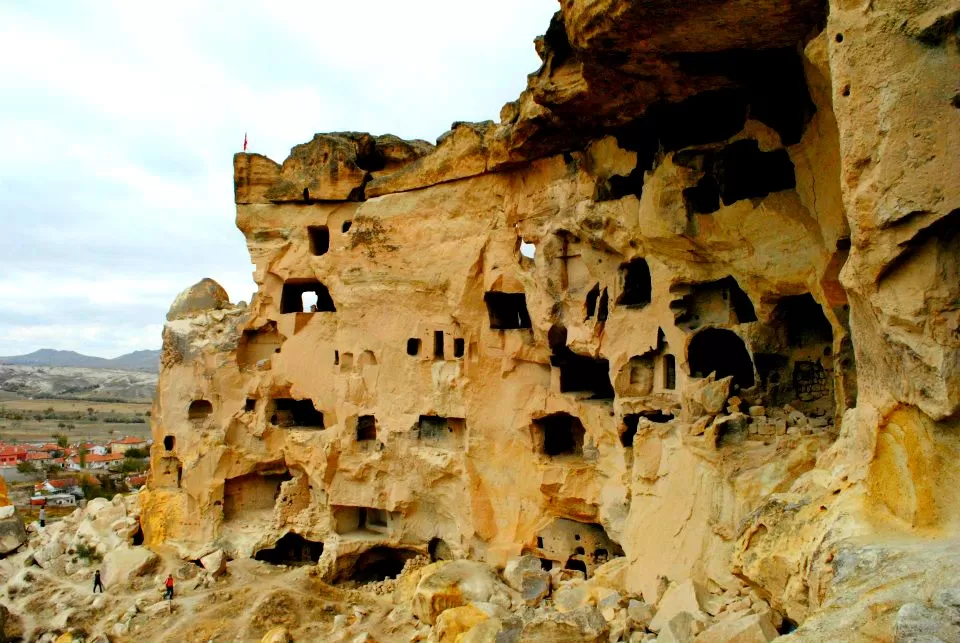
Attractions and Activities in Kaymakli Underground City
Visiting the Kaymakli Underground City is an unforgettable experience that will make you feel like an explorer and a time traveler. Here are some of the main attractions and activities that you can enjoy in the underground city:
- Exploring the different levels and rooms: You can wander around the underground city and discover the different levels and rooms that were used for various purposes. You can see how the inhabitants lived, worked, and survived in the underground city. You can also admire the craftsmanship and skill of the builders and engineers who created the underground city.
- Learning about the history and culture: You can learn more about the history and culture of the underground city and its inhabitants. You can see the traces of the Hittites and the early Christians, and how they adapted to the underground environment. You can also see the signs of the wars and conflicts that the underground city faced, and how it defended itself from the enemies.
- Taking photos: You can take photos of the underground city and capture its unique and mysterious beauty. You can also take selfies and group photos with your friends and family, and share them on social media. You can use the hashtag #kaymakliundergroundcity to join the conversation and see other photos of the underground city.
- Experiencing the atmosphere: You can experience the atmosphere and the mood of the underground city, and feel the emotions and sensations that the inhabitants felt. You can feel the coolness and the darkness, the silence and the echo, the fear and the hope, the curiosity and the wonder of the underground city.
Here are some helpful tips and advice for visiting the underground city:
- Wear comfortable shoes and clothes: The underground city has uneven floors, narrow passages, low ceilings, and steep stairs. You will need to walk, bend, crawl, and climb a lot. You should wear comfortable shoes and clothes that will allow you to move freely and safely.
- Bring a flashlight: The underground city is dimly lit and has some dark areas. You should bring a flashlight or use your phone's flashlight to see better and avoid accidents. You should also be careful not to blind or disturb other visitors with your light.
- Avoid claustrophobia: The underground city can be crowded, cramped, and claustrophobic. If you suffer from claustrophobia or anxiety, you should avoid visiting the underground city or limit your time there. You should also stay close to your guide and follow the signs and directions.
- Respect the local customs and beliefs: The underground city is a sacred and historical site that is important to the local people and their faith. You should respect the local customs and beliefs and behave appropriately. You should not touch, damage, or vandalize anything in the underground city. You should also dress modestly and cover your shoulders and knees.

How to Visit Kaymakli Underground City
If you are interested in visiting the Kaymakli Underground City, here are some practical information and tips for your trip:
- Transportation and directions: The Kaymakli Underground City is located about 20 kilometers south of Nevsehir, the capital of Cappadocia. You can get there by car, bus, taxi, or tour. If you drive by car, you can follow the signs for Kaymakli from Nevsehir or Urgup. If you take a bus, you can catch one from Nevsehir or Goreme to Kaymakli town, and then walk or take a taxi to the underground city. If you take a taxi, you can negotiate the price and the duration of the trip with the driver. If you take a tour, you can book one from your hotel or online, and enjoy a guided visit to the underground city and other attractions in Cappadocia.
- Best time and season to visit: The best time and season to visit the underground city depends on your preference and availability. The underground city is open all year round, from 8 am to 5 pm in winter, and from 8 am to 7 pm in summer. The underground city is less crowded and more pleasant in the morning and evening, and more crowded and hot in the afternoon. The underground city is also less crowded and cheaper in the low season, from November to March, and more crowded and expensive in the high season, from April to October.
- Entrance fee and opening hours: The entrance fee for the underground city is 50 Turkish Liras (about 6 USD) per person, and it includes a map and an audio guide. You can also hire a professional guide for an extra fee, or join a group tour. The opening hours of the underground city are from 8 am to 5 pm in winter, and from 8 am to 7 pm in summer. The underground city is closed on Mondays.
- Tour options and packages: There are many tour options and packages available for visiting the underground city and other attractions in Cappadocia. You can choose from half-day, full-day, or multi-day tours, depending on your budget, preference, and duration of your trip. You can also customize your tour and select the attractions and activities that you want to see and do. Some of the most popular tour options and packages are:
- Kaymakli Underground City and Ihlara Valley Tour: This is a full-day tour that covers the Kaymakli Underground City and the Ihlara Valley, a scenic canyon with rock-cut churches and a river. The tour also includes a visit to the Selime Monastery, the largest rock-cut monastery in Cappadocia, and a lunch at a local restaurant by the river. The tour costs 40 USD per person and includes transportation, entrance fees, guide, and lunch.
- Kaymakli Underground City and Goreme Open Air Museum Tour: This is a half-day tour that covers the Kaymakli Underground City and the Goreme Open Air Museum, a UNESCO World Heritage Site with dozens of rock-cut churches and frescoes. The tour also includes a visit to the Uchisar Castle, the highest point in Cappadocia, and a panoramic view of the fairy chimneys. The tour costs 25 USD per person and includes transportation, entrance fees, and guide.
- Kaymakli Underground City and Hot Air Balloon Ride Tour: This is a multi-day tour that combines the Kaymakli Underground City with a hot air balloon ride, one of the most popular and unforgettable activities in Cappadocia. The tour also includes a stay at a cave hotel, a traditional Turkish dinner and show, and a visit to other attractions in Cappadocia, such as the Pasabag Valley, the Devrent Valley, and the Avanos Pottery Workshop. The tour costs 250 USD per person and includes transportation, accommodation, entrance fees, guide, breakfast, dinner, and hot air balloon ride.
- Other attractions and activities: There are many other attractions and activities that you can combine with the underground city, such as:
- Fairy chimneys: These are the iconic rock formations that resemble mushrooms, cones, or pillars. They are formed by the erosion of volcanic tuff and lava. You can see them in various places in Cappadocia, such as the Pasabag Valley, the Devrent Valley, the Love Valley, and the Pigeon Valley.
- Cave hotels: These are the unique and cozy hotels that are carved into the rock. They offer a comfortable and authentic stay in Cappadocia, with modern amenities and traditional decor. You can find them in various towns and villages in Cappadocia, such as Goreme, Urgup, Uchisar, and Ortahisar.
- Pottery workshops: These are the places where you can learn about the pottery tradition and culture of Cappadocia, and try your hand at making your own pottery. You can also buy some pottery souvenirs and gifts from the local artisans. You can find them in various towns and villages in Cappadocia, such as Avanos, Urgup, and Soganli.
- Museums: These are the places where you can learn more about the history, art, and culture of Cappadocia, and see some of the artifacts and exhibits that showcase the rich and diverse heritage of the region. You can visit museums such as the Goreme Open Air Museum, the Zelve Open Air Museum, the Cappadocia Art and History Museum, and the Nevsehir Museum.

Conclusion
The Kaymakli Underground City is a hidden wonder of Cappadocia, Turkey, that will amaze you with its history, architecture, and attractions. It is a must-see attraction in Cappadocia, and a great way to experience the underground life and culture of the ancient civilizations that lived there.
Thank you for reading this article and we hope to see you soon in the Kaymakli Underground City.

